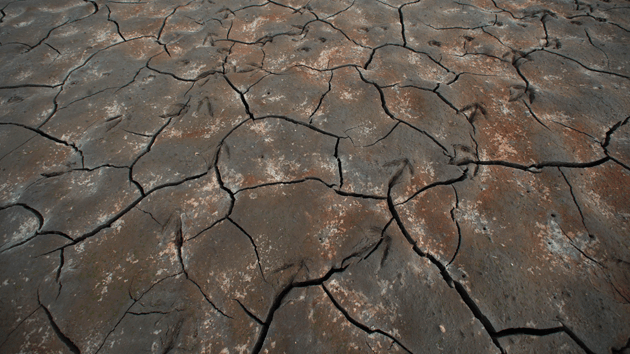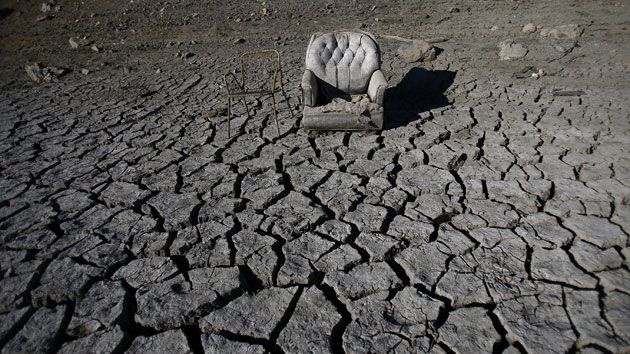If you’ve seen any photos of the current California drought, you’ve probably seen some variation on these striking before-and-after images of this bridge near Lake Oroville:

Seeing those images popping up everywhere has been a little weird for me since that bridge used to be named after my grandfather.
My grandfather, B. Abbott Goldberg, was the deputy director of California’s Department of Water Resources from 1961 to 1966. He was one of the legal architects of Gov. Pat Brown’s California Water Project, the massive, contentious undertaking that built the infrastructure that currently supplies 25 million people and 1 million acres of farmland. He argued and won two Supreme Court cases, the details of which are mind-numbingly arcane. But they were essential to realizing Brown’s vision for mastering the natural resource that he saw as essential to the state’s survival.
Winning the West’s water, my grandfather explained in a University of California oral history project, was almost a religious mission. His colleagues, he said, “had come up and they had transmitted to me, certainly, the tradition of the Old West, that water is the limiting resource and that by bringing water to the thirsty land, you were in effect doing the Lord’s work and that there was nothing more important for the people of California than providing an adequate water supply.”
He was proud of his work, whose effectiveness was evident in Californians’ unquestioning expectation of plentiful, cheap water. When the state went through the big drought of 1976-77, he noted, “There wasn’t a murmur about a shortage of domestic water in Southern California…I didn’t find anybody beating the doors down to thank us for what had been done. The fact that it took some forty years to achieve it was just forgotten.” Later in his life, he read Cadillac Desert, Marc Reisner’s critique of the growth-at-all-costs mentality embodied in the Water Project. He wasn’t a fan.
Not that he couldn’t see the other side. In his oral history interview, conducted in 1979, my grandfather admitted to some conflicted views about California’s relationship with water. Sounding like a good Northern Californian, he mused, “Someplace along the line, the idea began to dawn on me that really Southern California was an environment essentially hostile to human occupation…[B]ut what are you going to do about the millions of people already down there?” And: “I do remember saying to someone that really, the only solution to the water problem was birth control.”
He even indulged the what-if question that every thinking Californian asks once they’ve been here long enough: “I sometimes wonder, maybe it would have been better to let California dry up and blow away, and keep it the way we used to know it.”
Which brings us back to the bridge, another symbol of Californians’ ambition and ambivalence. After the state named it after my grandfather in the late ’60s, local lawmakers objected, insisting it be renamed the Enterprise Bridge, after a town of the same name that had been inundated by Oroville Dam—one of the signature features of the California Water Project.


















